Some of history’s greatest scientists lived and made their discoveries in and around London. If you’re fascinated by science and its history or are looking for a fun and interactive day out with children, make sure to visit the places in this guide. From the well-known to the obscure, you can be sure they will all add something special to your trip.
Science Museum
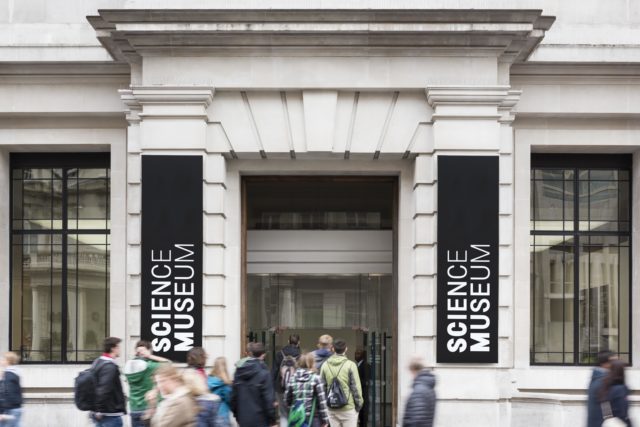
The Science Museum is one of the most visited museums in all of Europe. With 15,000 objects and interactive exhibits, there’s so much to see and do, you might even have to come back twice! Youngsters can learn through play, touching a static ball of electricity and trying out other cool experiments. Find out what’s on at the Science Museum now.
Natural History Museum
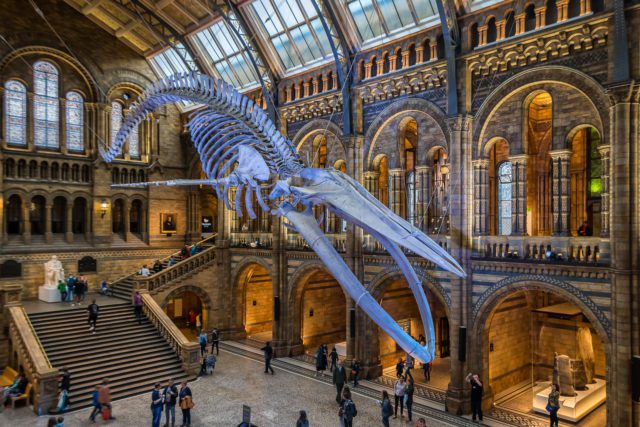
The Natural History Museum is one of London’s most popular museums. Home to astounding collections that range from dinosaur fossils to Hope the blue whale skeleton that hangs above your head, it’s a fantastic place to visit for all ages. Like most of London’s museums, entry is free, although charges may apply for some exhibitions. Find out what’s on at the Museum now.
Horniman Museum
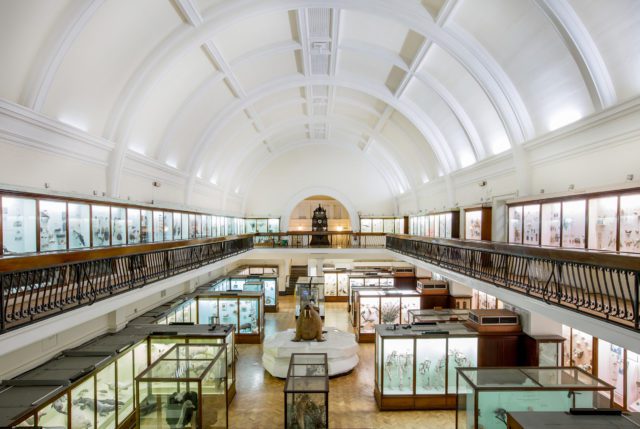
In the leafy suburbs of Forest Hill is a hidden gem in London’s museum scene, the Horniman Museum. Explore the rich collections of artefacts from around the globe. There’s also an aquarium, a butterfly house and often free activities during school holidays too. Find out what else is on.
The Royal Observatory
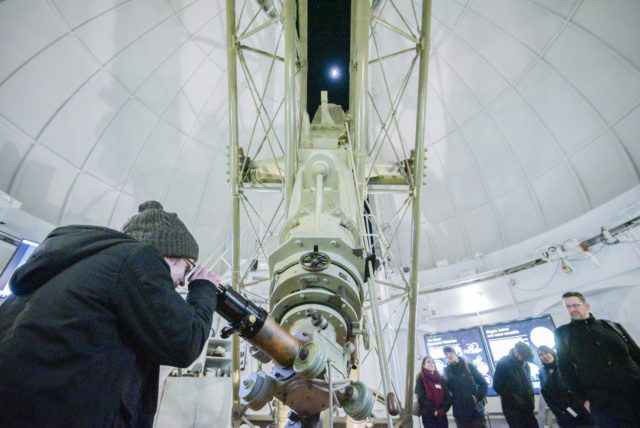
Stand astride the historic Prime Meridian and take in spectacular views of the City. Uncover the history of Greenwich Mean Time (GMT) and see clocks and timepieces that have completely changed how we live. There are regular shows in the Harrison Planetarium. [The Royal Observatory Greenwich is closed for essential refurbishment until 31 March 2022].
Wellcome Collection
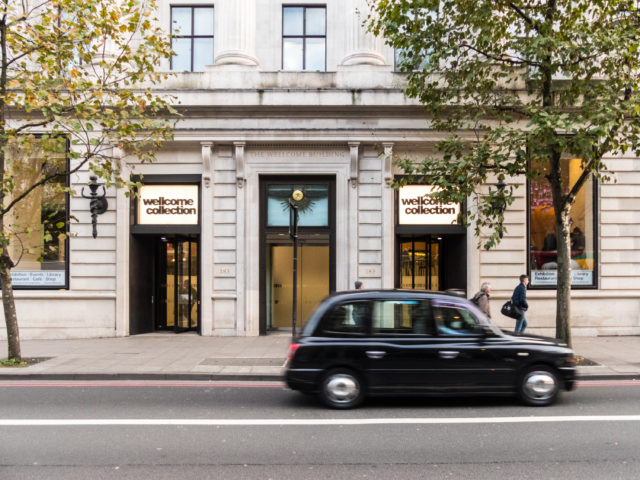
The Wellcome Collection is another of London’s free museums that displays the work of Wellcome, a global charitable foundation that supports scientific research into life, health and wellbeing, with the aim to solve the urgent health challenges facing everyone. There is also a library and popular café here, which are open on Mondays. Find out what’s on at Wellcome Collection now.
Grant Museum of Zoology
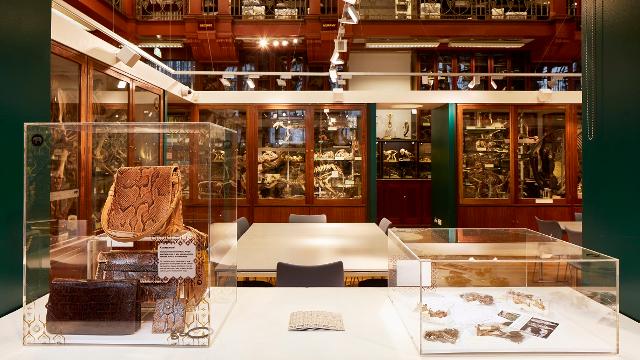
Uncover the fascinating collection of preserved animals at the small-but-mighty Grant Museum of Zoology. Spanning more than 200 years, the display features more than 68,000 specimens including the famous jar of moles, which even has its own Twitter account. Look out for the skeleton of the extinct South African zebra known as the quagga, and the dodo bones. Find out more here.
Brunel Museum
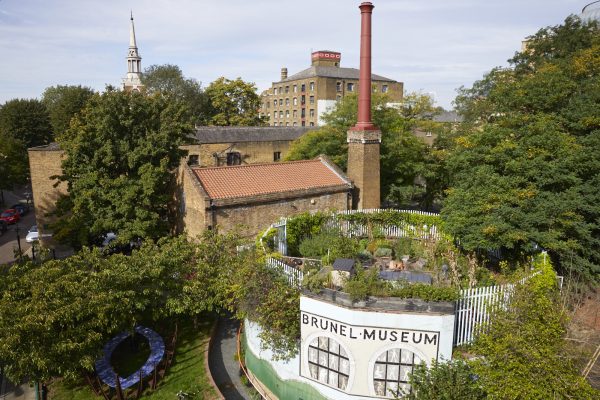
Isambard Kingdom Brunel’s first project with his father, Sir Marc, was the Thames tunnel. It is now a scheduled ancient monument and international landmark site with a museum. The Thames tunnel, the first under a river, is the oldest section of the London underground. As well as building the tunnel, the Brunels hosted the first underground concert party at the museum in 1827. Celebrate both engineering and performance in its Grade II-Listed Tunnel Shaft. Find out what’s on at the Brunel Museum here.
National Maritime Museum
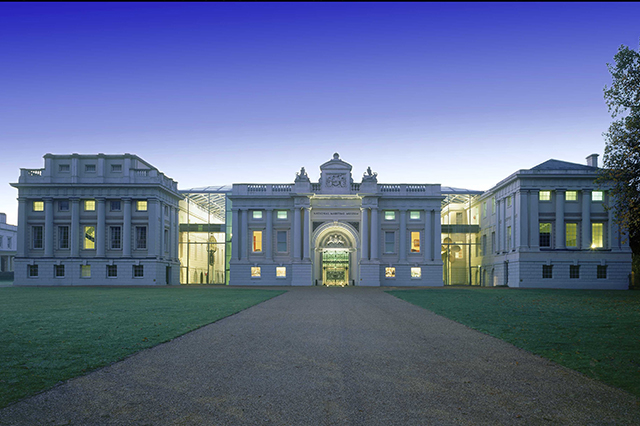
Learn about the science of exploration and discover epic stories that have shaped our world today. Explore the gallery filled with sculptures and objects from different sea excursions, including a pocket watch from the Titanic. Before you leave, grab a selfie at Yinka Shonibare’s replica of Nelson’s HMS Victory in a bottle – one of the most photographed artworks in London. Canaletto’s Venice Revisited (from 1 Apr) is the next major exhibition to open. The complete set of 24 Venetian views, painted by Canaletto in the 1730s, will be displayed. Find out more here.
The Old Operating Theatre

Housed in the attic of the early 18th-century church of the old St Thomas’ Hospital, this atmospheric museum offers a unique insight into the history of medicine and surgery. Check for events and talks, including film nights and surgical demonstrations. Find out how the autopsy process has changed over the years and what the future might involve at Autopsies: Past, Present & Future (28 Apr). Alternatively, learn about the startling story of pioneering women at The Suffragette Surgeons of Endell Street: The Trailblazing Women Who Ran Britain’s Most Remarkable Military Hospital (5 May) led by author and journalist, Wendy Moore. Find out more here.
Royal Air Force Museum
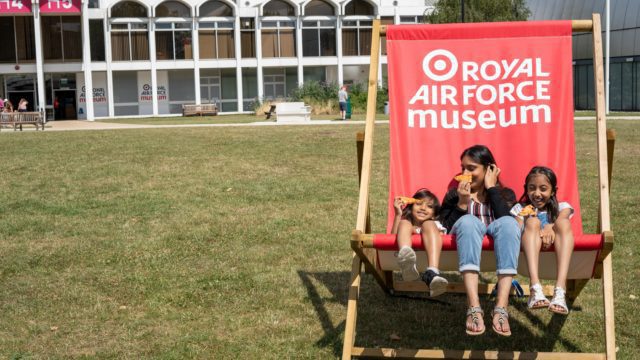
Are RAF pilots scientists or artists? It’s a tough call but either way, the Royal Air Force Museum offers a fun, entertaining day out for all the family. Learn about the brave men and women who protected British skies during the First and Second World Wars. Discover the iconic Spitfire Mk1 and mighty Hurricane that fought in the Battle of Britain, plus the world-famous Lancaster ‘S for Sugar’ before stepping aboard a Chinook. Plan your visit.
The Faraday Museum at the Royal Institution
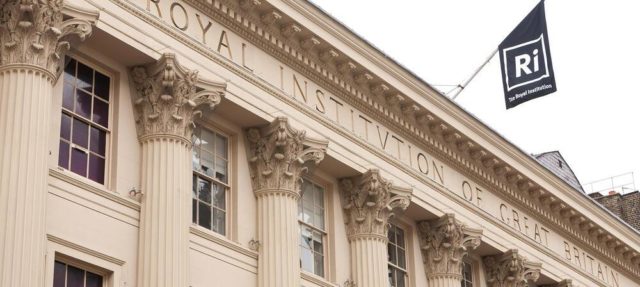
With more than 200 years of history and 14 Nobel Prize winners to its name, the Royal Institute has a lot to shout about. The Faraday Museum highlights some of the scientific greats who have worked in this building, including Michael Faraday, the London bookbinder turned experimental scientist whose discovery of electromagnetic induction helped shape the modern world. You can even visit the actual laboratory where he made his fundamental discoveries.
Royal College of Physicians
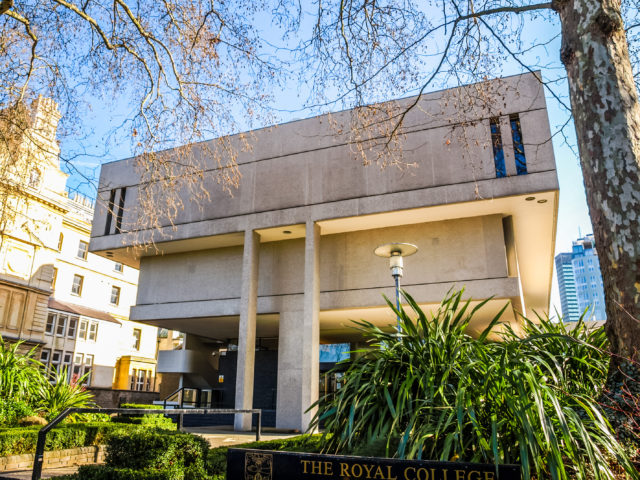
This Royal College is England’s oldest medical college and was founded by Royal Charter of Henry VIII in 1518. In the museum, you can see medical instruments collected over five centuries. Records show that Dr William Harvey – the man who discovered how blood flows in our bodies – donated his medical collection to be displayed in a museum here back in the 17th century. When visiting, look out for the portraits and silver displayed throughout, and an extraordinary set of 17th-century human remains. Find out more.
St Bartholemew’s Hospital Museum
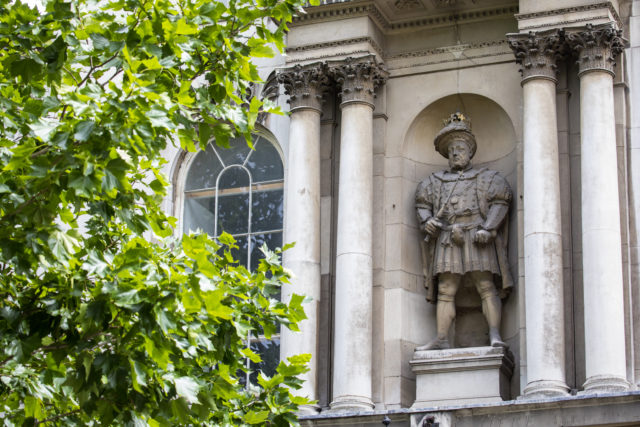
Approaching its 900th anniversary, the hospital museum tells the story of nine centuries of healthcare at the edge of the City. It’s one of the oldest hospitals in the world and has cared for the sick and injured since 1123. Highlights include historic surgical instruments, sculpture, medieval archives and unique works of art including spectacular paintings by William Hogarth. Find out more.
The Astrology Shop, Covent Garden
Interested in the mystical sciences? Established in 1989, The Astrology Shop offers more than 1500 unique astrology books, a wide range of crystals and gemstones, tarot cards, Feng-Shui accessories, incense and dreamcatchers. You can even get a personalised horoscope when visiting – they come in poster form for you to take home with you. Find out more.
Out of London
Bletchley Park
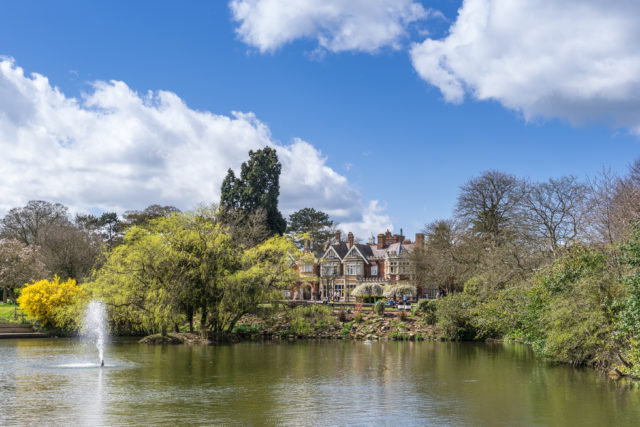
Discover where Dr Alan Turing and his team of mathematicians deciphered Nazi encrypted codes throughout World War II. Their work laid the foundations of what we now call ‘Computer Sciences’. If you’ve seen the film The Imitation Game then you’ll know the rough story. A visit to Bletchley Park brings history, atmosphere and science for an exciting day out of town. It’s reachable by train in under an hour. You’ll have the opportunity to visit Turing’s office in the structure known as “Hut 8” and learn more about his codebreaking method through the interactive display there. Find out more.
Home of Charles Darwin – Down House
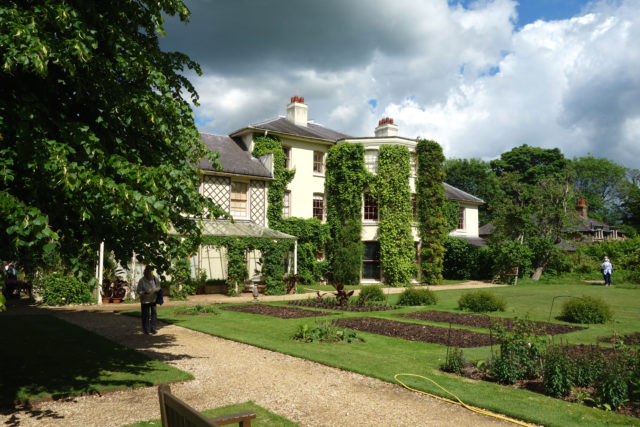
In the Kent countryside, just an hour from London Bridge, you can find the family home of Charles Darwin. Step into the very rooms where he lived, worked and wrote On The Origin of the Species. Explore the award-winning gardens too and wander down his ‘thinking path’. He spent many hours making observations and conducting experiments that helped develop his groundbreaking theories of evolution. Find out more.
Please like, share and comment below and see if we have anything else to inspire your next visit to London.

